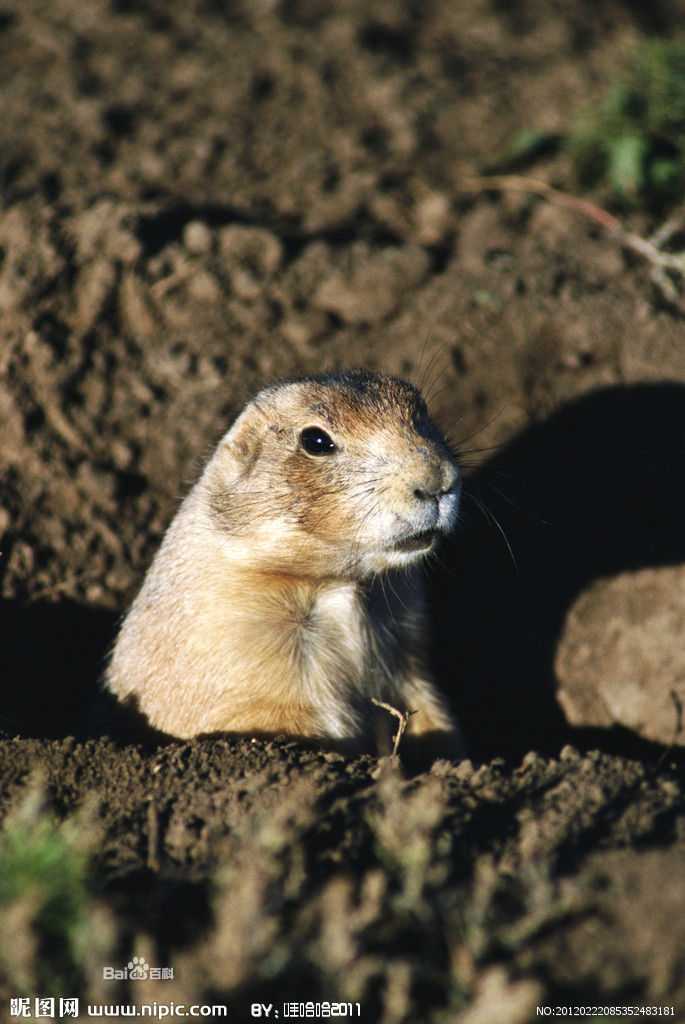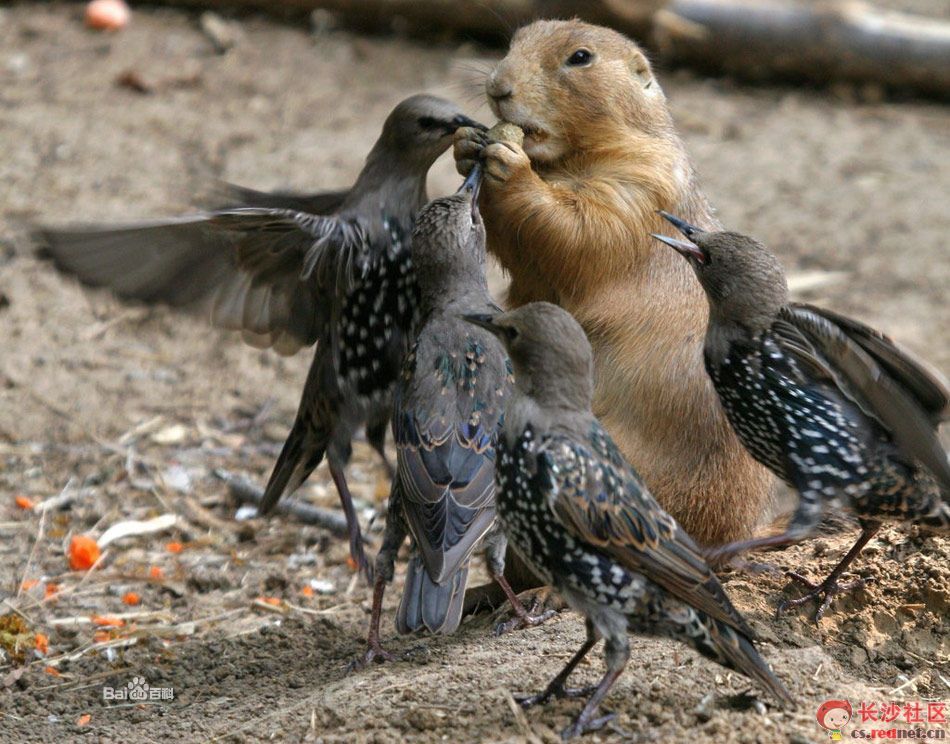百度百科/在加拿大的安大略,流传着一个古老的传说:当每年的2月,土拨鼠从冬眠中苏醒后看到自己的影子,那就预示着冬天还有六个星期。
土拨鼠“报春”已有126年的历史。据说土拨鼠每年2月2日都会出洞,如果那天天气晴朗,看得见自己的影子,它会吓得躲到洞里继续冬眠,这就表示春天还要六个星期以后才会到来;反之,如果出洞这一天是多云的天气,土拨鼠看不见自己的影子,就表示寒冬即将结束。
1956年2月2日早晨8点,在安大略威尔顿城的郊外,当地的一个叫威利的农民偶然发现许多冬眠的土拨鼠都从洞穴中探出了头,威利根据传说进行了观察,发现了土拨鼠的影子,果然,当年的春天过了六个星期才到。这个消息很快传遍了全城,然后就是全世界。从1960年起,每年2月2日的8点,来自全球通讯社的记者都会聚集威尔顿等待土拨鼠的天气预报,而威尔顿城的商会借机筹办了一个欢庆活动,并把2月2日定为土拨鼠节。至此,土拨鼠节已经连续举办了42年,节日的规模和影响力也与日俱增,成为加拿大一个著名的节日和安大略的一个热门的旅游节目。
Wikipedia: Groundhog
Human relevance
Groundhogs raised in captivity can be socialized relatively easily; however, their aggressive nature can pose problems. Doug Schwartz, a zookeeper and groundhog trainer at the Staten Island Zoo, has been quoted as saying “They’re known for their aggression, so you’re starting from a hard place. [Their] natural impulse is to kill ’em all and let God sort ’em out. You have to work to produce the sweet and cuddly.”
In the United States and Canada, the yearly Groundhog Day celebration has given the groundhog recognition and popularity, as has the movie of the same name. The most popularly known of these groundhogs are Wiarton Willie and Punxsutawney Phil, well kept as part of Groundhog Day festivities in Wiarton, Ontario and Punxsutawney, Pennsylvania, respectively. A famous southern groundhog, General Beauregard Lee, is based at the Yellow River Game Ranch outside Atlanta, Georgia.
Woodchucks are used in medical research on hepatitis B-induced liver cancer. When infected with woodchuck hepatitis B virus, they are at 100% risk for developing liver cancer, making them a good model for testing hepatitis B and liver cancer therapies.
Groundhog burrows have been known to reveal at least one archaeological site, the Ufferman Site in the U.S. state of Ohio.[10] Although archaeologists have never excavated the Ufferman Site, numerous artifacts have been found because of the activities of local groundhogs. They favor the loose soil of the esker upon which the site lies, and their many diggings for their burrows have brought to the surface significant numbers of human and animal bones, pottery, and bits of stone.




